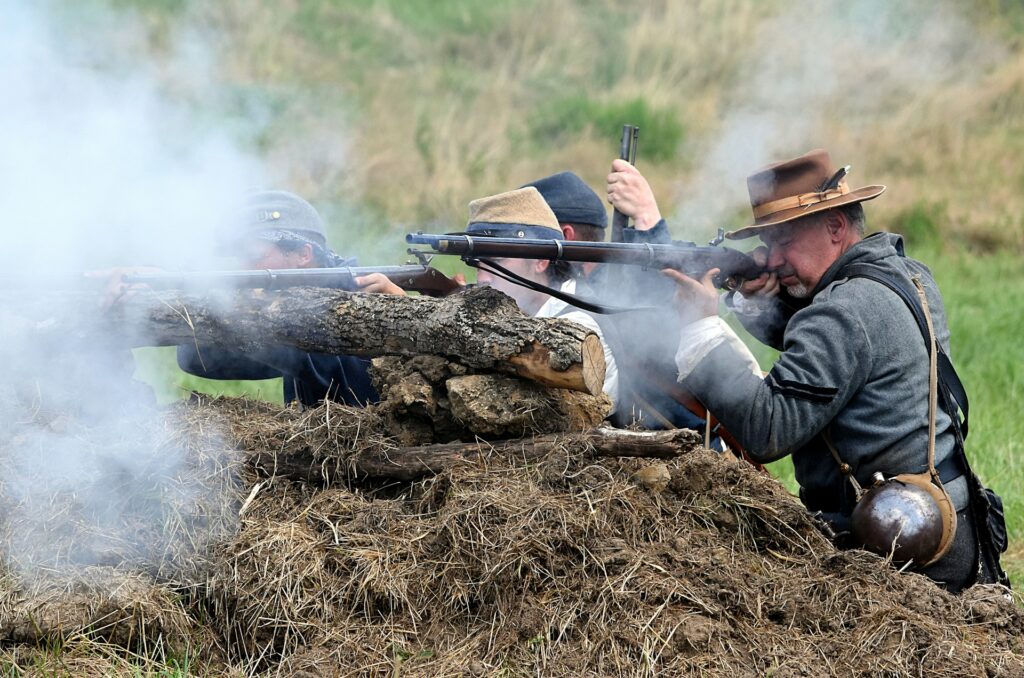Introduction: Firearm safety is of paramount importance in a world where responsible gun ownership is a shared concern. One key component in ensuring this safety is the proper use of gun trigger locks. This comprehensive guide delves into the world of gun trigger lock, addressing various aspects such as types, benefits, usage, and the overall role they play in fostering responsible firearm ownership.
Understanding the Basics of Gun Trigger Locks
Gun trigger locks, also known as firearm locks or gun safety locks, are devices designed to prevent a firearm from being discharged unintentionally. These locks act as a vital tool for ensuring that firearms are securely stored, minimizing the risk of accidents and unauthorized use.
Types of Gun Trigger Locks
1. Cable Locks
Cable locks are versatile and user-friendly. They involve a cable that threads through the firearm’s action, effectively immobilizing the trigger. This type of lock is often preferred for its simplicity and compatibility with various firearm models.
2. Combination Locks
Combination locks add an extra layer of security by requiring a specific code to unlock the firearm. These locks are ideal for gun owners who prioritize personalized access control and want to avoid issues associated with physical keys.
3. Biometric Locks
Incorporating cutting-edge technology, biometric locks use fingerprint recognition to unlock firearms. This advanced form of gun trigger lock offers quick and secure access, ensuring that only authorized users can operate the firearm.
4. Keyed Locks
Keyed locks are the traditional choice, requiring a physical key to unlock the firearm. While simple, they provide effective security when managed responsibly.
Advantages of Using Gun Trigger Locks
Enhanced Safety
Gun trigger locks significantly reduce the chances of accidental discharge, safeguarding lives and preventing tragic incidents.
Theft Deterrence
By rendering firearms temporarily inoperable, these locks act as a deterrent to theft, discouraging unauthorized individuals from attempting to use or steal the firearm.
Promoting Responsible Firearm Ownership
Using trigger locks demonstrates a commitment to responsible gun ownership, contributing to a culture of safety and accountability within the firearm community.
How to Properly Use Gun Trigger Locks
- Unload the Firearm: Before applying a trigger lock, always ensure the firearm is unloaded to minimize any risks during the locking process.
- Choose the Right Lock: Select a gun trigger lock that suits your firearm type and personal preferences, considering factors such as ease of use and accessibility.
- Securely Lock the Firearm: Follow the manufacturer’s instructions to properly secure the lock, whether it’s a cable, combination, biometric, or keyed lock.
- Store Keys or Access Codes Safely: If using a keyed or combination lock, store keys or access codes securely, ensuring they are only accessible to authorized users.
Common Questions about Gun Trigger Locks
Are gun trigger locks universal?
Gun trigger locks vary in design and compatibility. It’s crucial to choose a lock that suits the specific make and model of your firearm.
Can I use a gun trigger lock on a loaded firearm?
No, always ensure the firearm is unloaded before applying a trigger lock. This enhances safety during the locking process.
Are biometric locks reliable?
Biometric locks are highly reliable, offering quick and secure access. However, it’s essential to maintain and regularly test the lock to ensure proper functionality.
Do trigger locks work with all firearm types?
While most trigger locks are designed to be versatile, it’s important to check compatibility with your specific firearm model before purchasing.
Can I travel with a firearm equipped with a trigger lock?
Yes, but it’s crucial to comply with local and federal regulations regarding firearm transportation. Ensure the firearm is stored securely and legally.
How often should I test my trigger lock?
Regularly test your trigger lock to ensure proper functionality. Follow the manufacturer’s recommendations for maintenance and testing intervals.
Conclusion
In conclusion, gun trigger locks play a pivotal role in promoting responsible firearm ownership and enhancing overall safety. By understanding the various types, benefits, and proper usage of these locks, gun owners can contribute to a culture of responsible gun ownership. Incorporating gun trigger locks into daily practices ensures that firearms are secure, reducing the risk of accidents and unauthorized access. Embrace the use of these essential safety devices, and take a proactive stance in fostering a community dedicated to firearm safety and responsibility.

